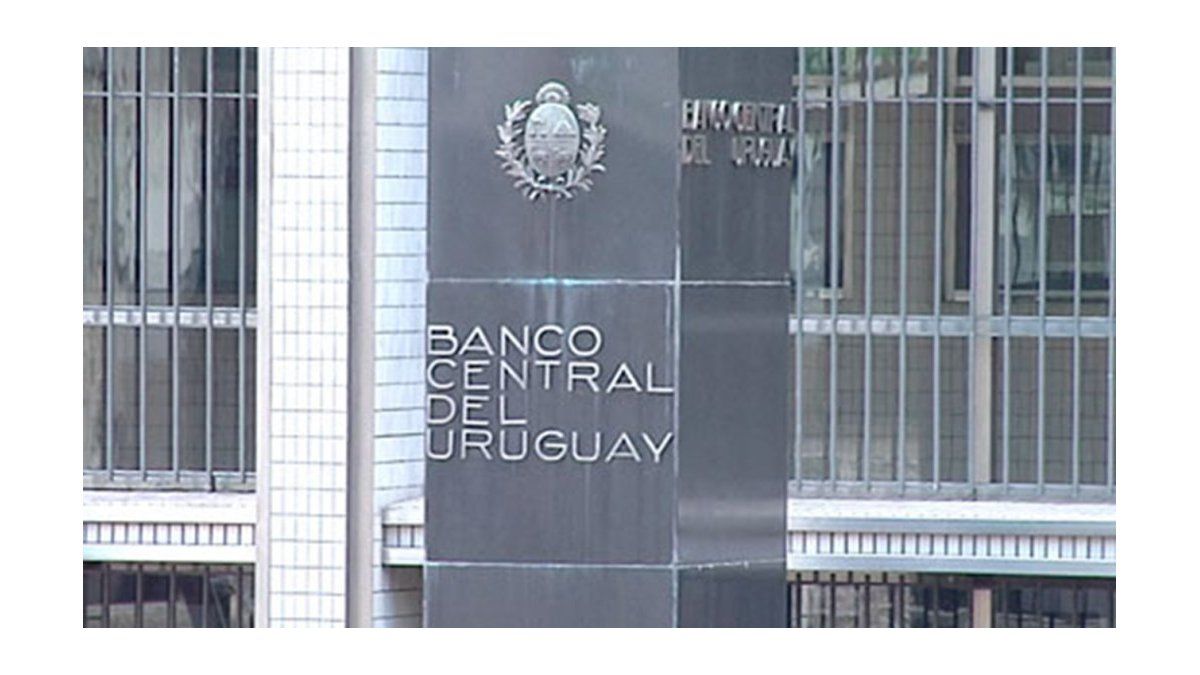August was the third consecutive month in which inflation in Uruguay was above analysts’ and market participants’ expectations.
Why was this the case?
According to a report by Puente, the consumer price index of 0.83% per month was characterized by an unexpectedly substantial increase in the services sector, wages, and healthcare.

The monthly increase in the eighth month of the year was above the median of the Central Bank of Uruguay (BCU) inflation expectations of 0.64%.
This had also been the case in July and June.
Monthly inflation was 0.77% in July, above the 0.65% expected by analysts. And the consumer price index was 0.59% in June, while 0.50% had been forecast.
AUGUST
Inflation was 9.53% in the 12 months to August, slightly lower than in July, when it reached 9.56%, the highest level of the year.
Despite a stable level and far from the target range of between 3% and 6%, BCU President Diego Labat said in a television interview on Wednesday (14) that inflation will be at 8.5% by the end of the year.
In August, non-tradable services registered a 1.1% increase, contributing 32 percentage points, Puente said in his August inflation report.
Semiannual adjustments in private sector wages affected labor-intensive sectors. In addition, health care prices rose 2.5 percent, contributing 15 basis points to a larger-than-expected increase.
More inflation than expected in Uruguay
Puente’s report pointed out that “the overall picture shows three consecutive inflation figures above expectations,” but beyond that, “the composition does not look good at all.”
Core inflation was 9.63% year-over-year, according to the company’s calculations.
Since January, this was the first time core inflation had been above the CPI level.
Labat said Wednesday 14 on Channel 12 that the regulator expects inflation to slow in September and October.
“We will close outside the range and start slowing down,” he said.
The head of the institution explained that meat wholesalers have lowered prices, which should be passed on to the public. In the same expectation, he also referred to a decrease in the price of wheat and fuel.
The target range has been between 3% and 6% since September. Labat pointed out that the “heart” of monetary policy is to “reach” the target in 24 months.

